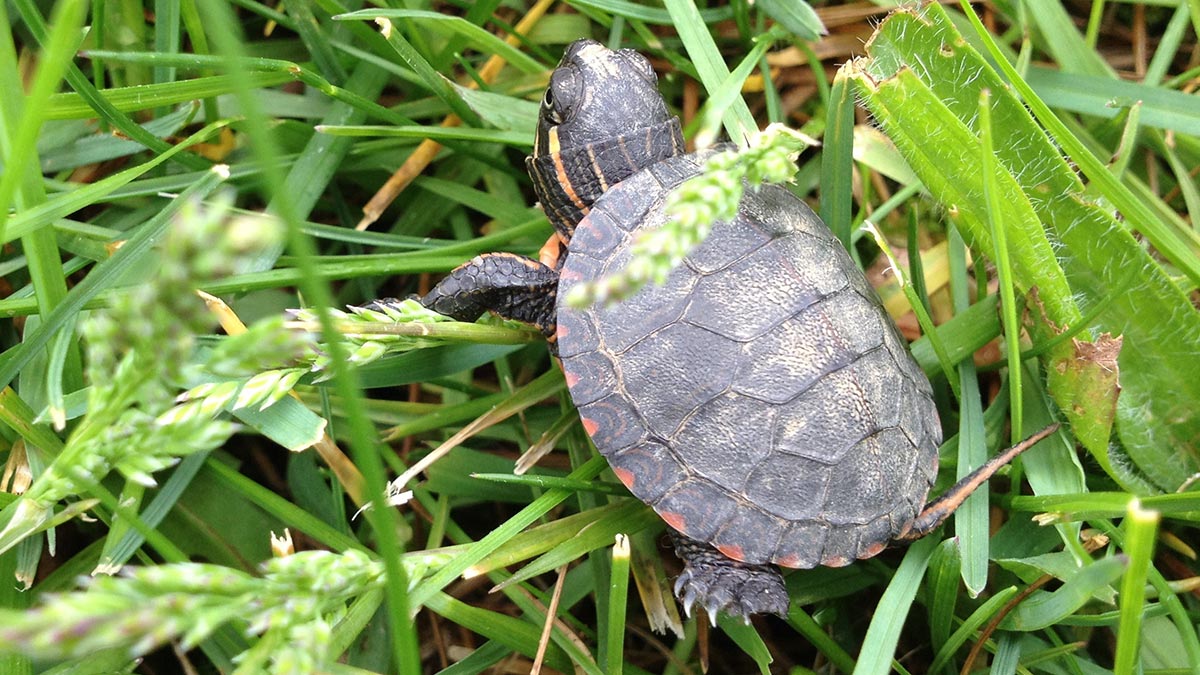
A mother turtle lays about 150 to 200 eggs each clutch and covers them with sand then returns to the ocean.
A baby turtle’s life begins when an adult female turtle makes a nest and lays her eggs after digging holes in the sand. A mother turtle lays about 150 to 200 eggs each clutch and covers them with sand then returns to the ocean. These little baby turtles are left to develop in their own natural environment, the sand keeps them warm along with the other eggs around them. Baby turtles don’t possess sex chromosomes; so the gender of the hatchlings depends purely upon the temperature within the nest. The warmer it is the more likely of a chance that the eggs will be female and the colder it is there’s a more likely chance for males.
Depending on the breed, the hatchlings will start to break out of their eggs anywhere from 50-70 days in their development. They’ll use a temporary tooth on their snout known as a caruncle. The baby turtles will remain in the nest for a few days even though they’ve hatched from the eggs. They’ve exhausted a lot of energy after hatching! For food, a baby turtle will eat the yolk sack within their egg. Once the baby turtle becomes stronger, the turtle will make their way out of the nest to the water’s edge.
It’s a baby sea turtle’s natural instinct to go towards the ocean. Once they get into the ocean they have to tread carefully to avoid predators. They like to hide within floating seaweed for protection. They’ll swim in a frenzy for 24-48 hours to get into deeper waters to be safer. During the first years these baby turtles stay away from coastal areas, find food in the floating seaweed and their whereabouts will be unknown for a long time. When they get bigger, they return to the coastal areas where they feed and continue to mature.
Caring for Turtles
While baby turtles may look cute, they require a lot of care. They grow big very quickly! Give your baby turtle the largest size tank possible. It’s not recommended to keep turtles in anything less than a 20 gallon tank. Your turtle will need somewhere to bask under special reptile lights that provide UVB and UVA light rays to keep their shell healthy. Typically this temperature should be around 88-90 degrees. This would be a location outside of the water where they can rest.
Ensure that the water temperature is kept at around 80 degrees and slightly warmer for younger hatchlings. This can be done with a water heater meant for aquariums. Your turtle will love a varied diet!
Feed your turtle rich leafy greens, carrots, blueberries, dried shrimp and meal worms and their pellets. A turtle pellet formula will provide them with much needed vitamins and minerals to help their shells grow strong!